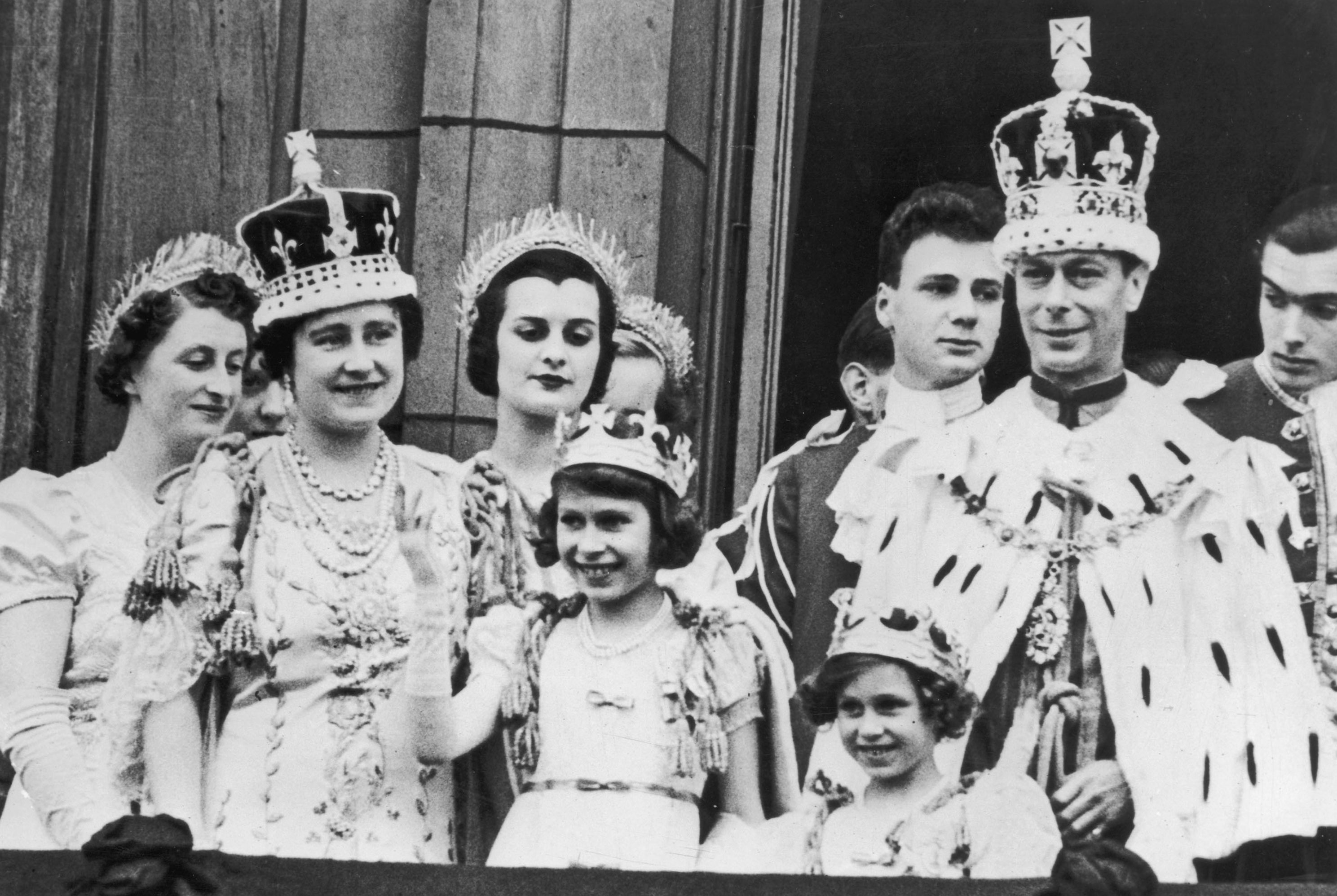
IT was a fitting way to usher in the new age of the outside broadcast.
Eighty years ago, a lavish ceremony that was a whole year in the planning brought Britain to a standstill and was broadcast to the world.
But what’s most remarkable is that the show, pomp and pageantry and all, wasn’t even planned for the chap who was reluctantly at the centre of proceedings.
Nope, it was intended for his big brother but, when Edward VIII announced his abdication, his coronation ceremony wasn’t cancelled, it went ahead with George VI stepping into his sibling’s shoes.
George, who saw combat in the Battle of Jutland during the First World War, ascended to the throne after his elder brother abdicated on December 11 the previous year.
Edward, who was the first English monarch to voluntarily relinquish the throne, had agreed to give up his title in the face of widespread criticism of his desire to marry Wallis Simpson, an American divorcee.
So on May 12, 1937, at Westminster Abbey, the new monarch and his consort, Lady Elizabeth, were crowned King and Queen of the United Kingdom, as well as Emperor and Empress of India.
The return procession to Buckingham Palace was more than six miles in length, making it the longest coronation procession up to that time, with 32,000 soldiers taking part and 20,000 police officers lining the route.
For the first time, the event was designed not only to be a sacred anointing and formal crowning but also a public spectacle.
It was also planned as a display of the British Empire and so the entire month of May was crammed with a programme of royal events.
Guests from across the Empire and around the world flocked to Buckingham Palace where official receptions were held to welcome them.
Among those attending were Indian princes and, for the first time, native African royalty.
The media played an important role in broadcasting proceedings to the far-flung corners of the Empire, and it was an important milestone in the history of television as it was the world’s first major outside broadcast.
It was also the first coronation to be filmed, as well as the first to be broadcast on radio.
The 40 camera crew inside the Abbey were required to wear evening dress and one newspaper said: “When the King and Queen appeared, the picture was so vivid that one felt this magical television is going to be one of the greatest of all modern inventions.”
No wonder planning had started the previous June.
Former PM Ramsay MacDonald was chairman of the Coronation Committee and as Edward was away cruising with Simpson, in an ironic twist, his brother the future George VI sat in in his place.
Edward had no interest in a coronation, asking the Archbishop of Canterbury if it could be dispensed with before finally agreeing to a shorter, low-key affair.
So at the next meeting after he stepped down, while “no reference was made at all to the change of sovereign”, many of the traditional elements were restored.
No wonder the new Queen, never one to bite her tongue, described the whole shebang as being “inordinately long”.

Enjoy the convenience of having The Sunday Post delivered as a digital ePaper straight to your smartphone, tablet or computer.
Subscribe for only £5.49 a month and enjoy all the benefits of the printed paper as a digital replica.
Subscribe